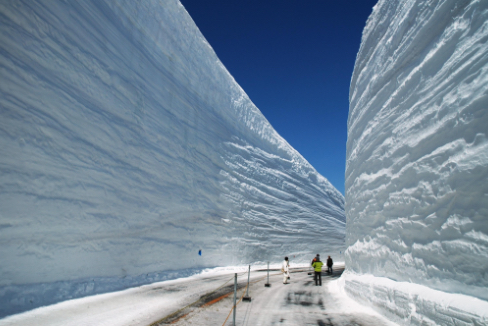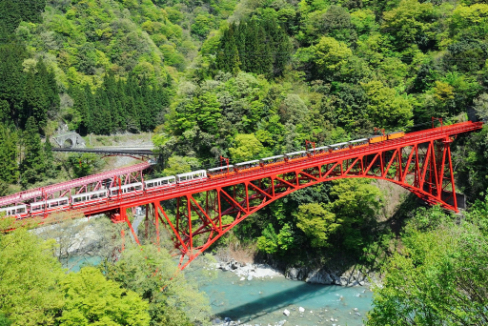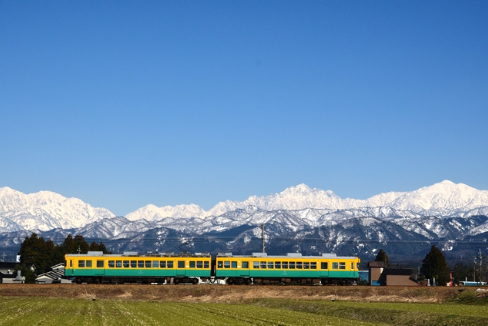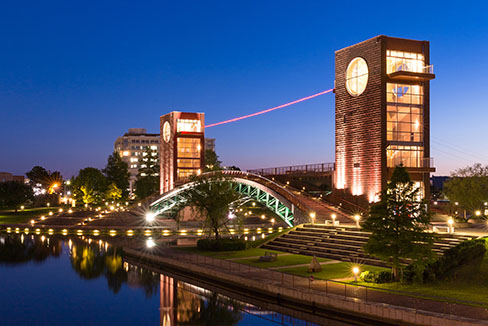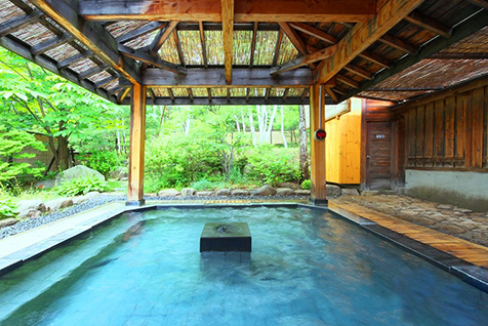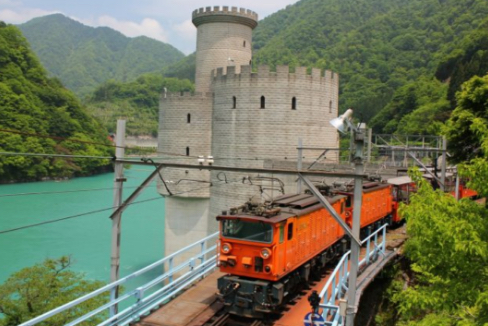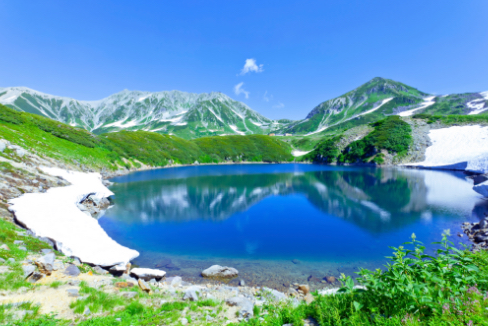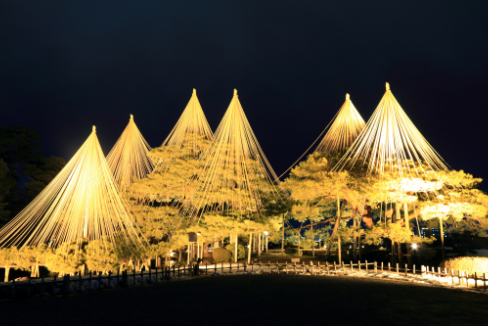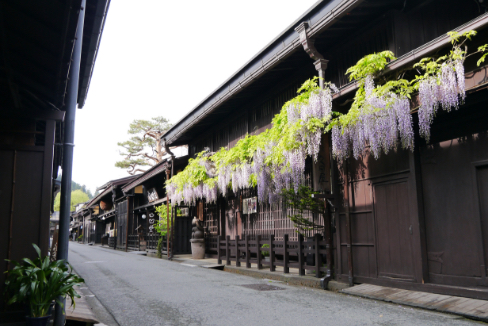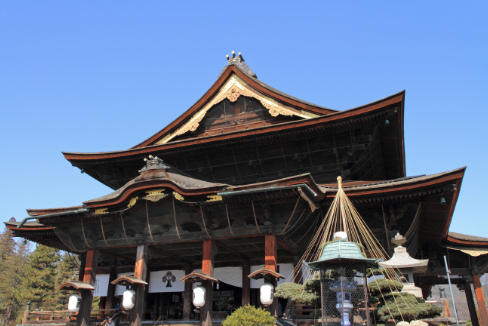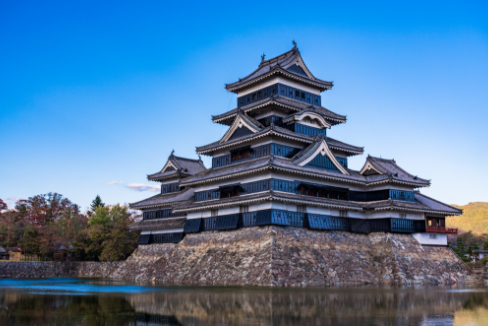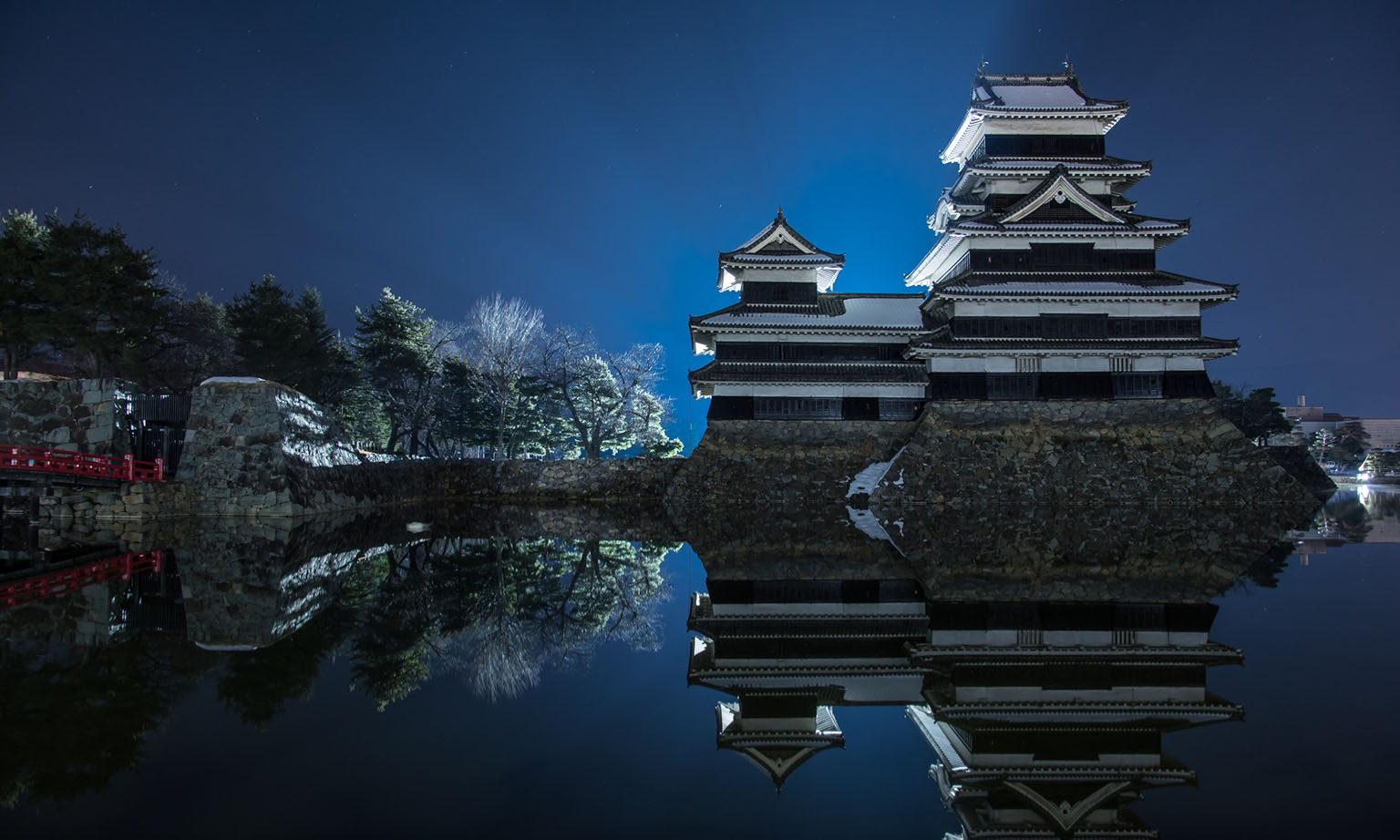
MATSUMOTO
A nostalgic town spread out
under the protection of
national treasure Matsumoto Castle
MATSUMOTO
A nostalgic town spread out
under the protection of
national treasure Matsumoto Castle
Matsumoto City
Built by the Matsumoto Domain, this castle town is more than 400 years old. As you enjoy exploring and experiencing the vestiges of the Edo period, look up to see the magnificent scenery of the Northern Alps. See the dozou-zukuri (buildings with thick mud walls) and buildings erected in the Meiji and Taisho periods, immersing yourself in nostalgic feelings.
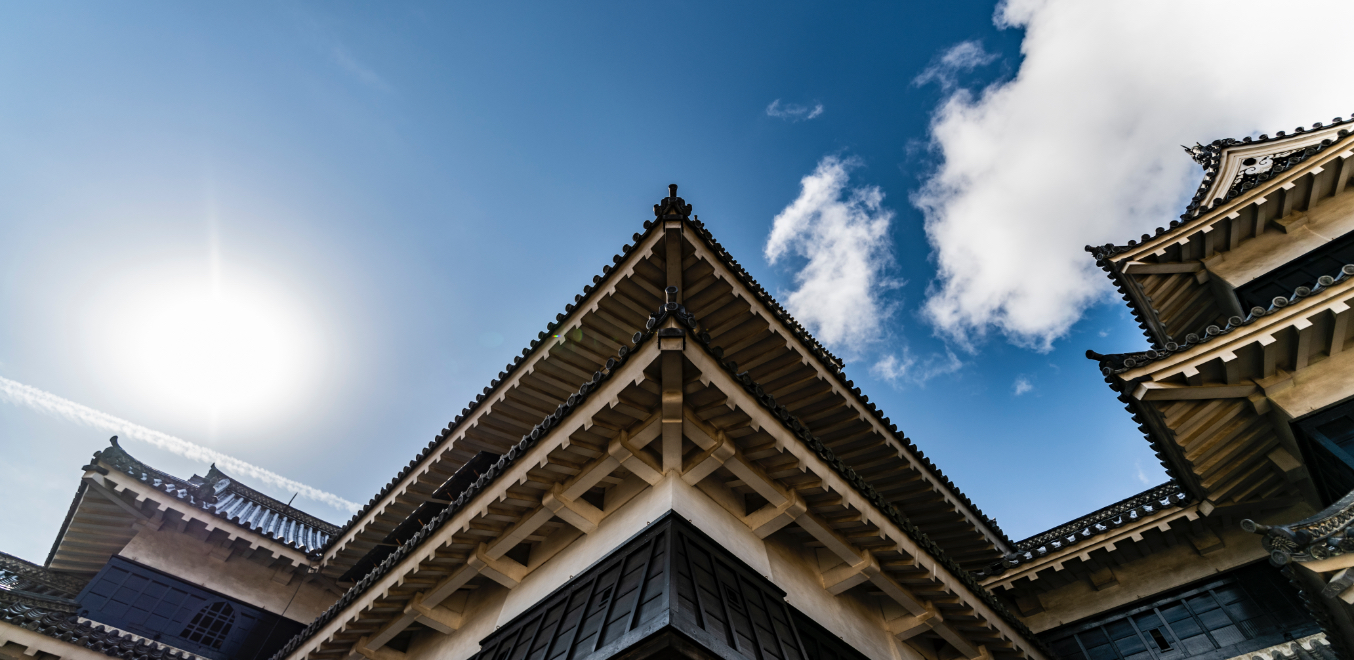
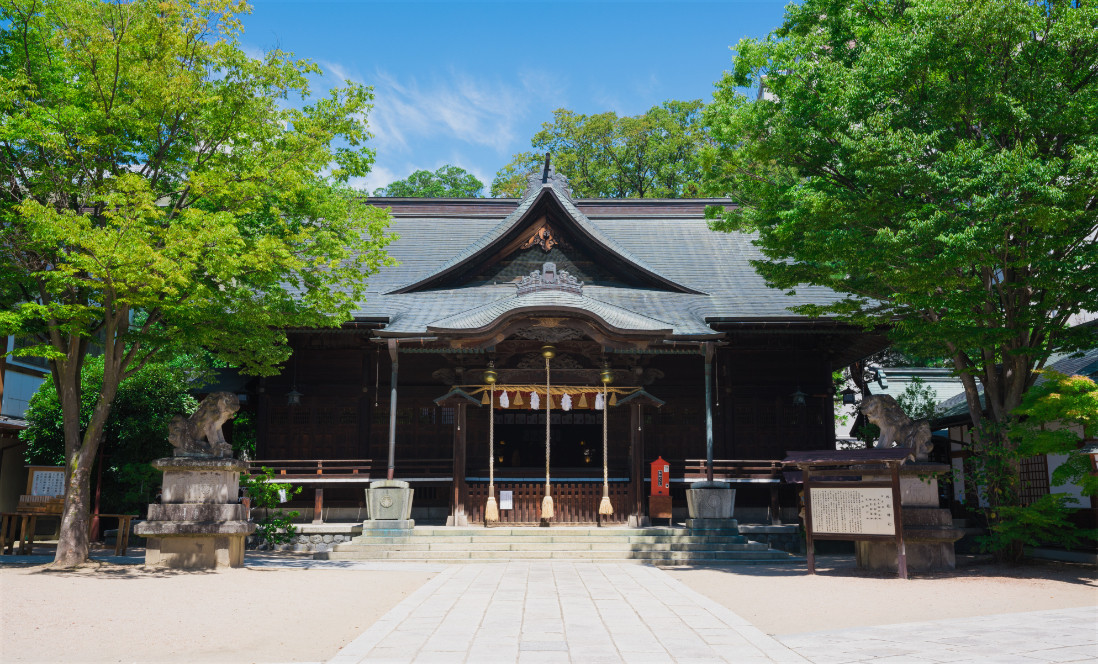
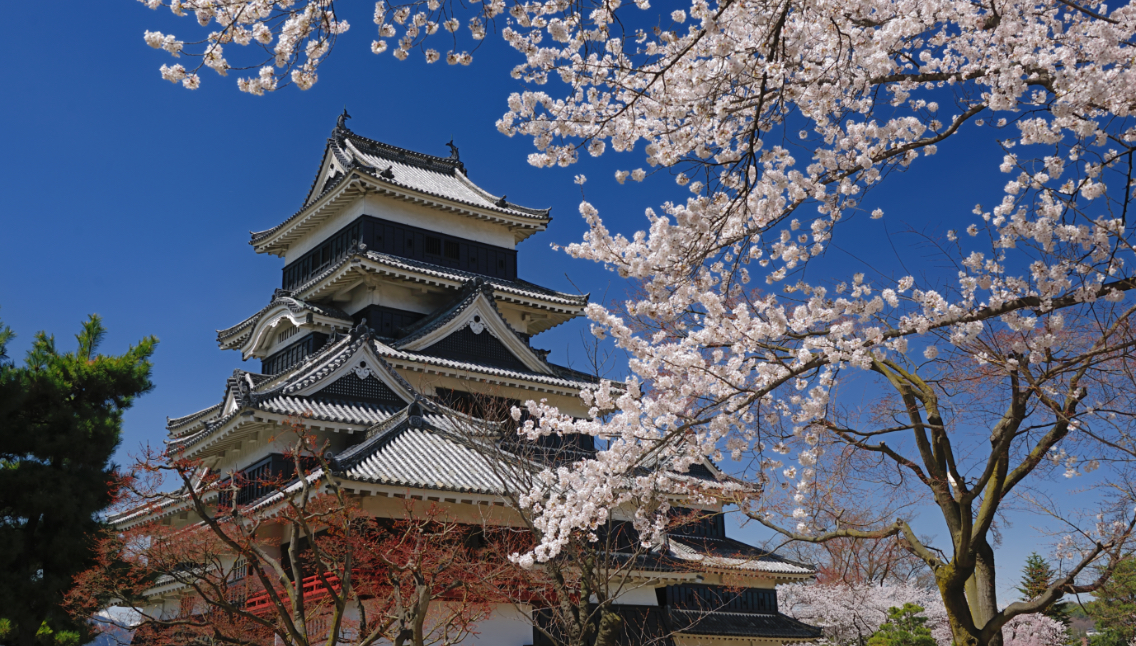
Feel like a feudal lord as you look down from Matsumoto Castle
National Treasure Matsumoto Castle
This famous castle is estimated to have been erected during Bunroku 2–3 (1593–4) and is the oldest in Japan with a 5-storey, 6-floor tower. The black siding and white plaster give a refined impression, and the contrast against the Northern Alps is wonderful, too. Climbing the 140 steps of the steep stairs brings you to the top floor, where you can look out over the magnificent scenery of Matsumoto's metropolitan area.
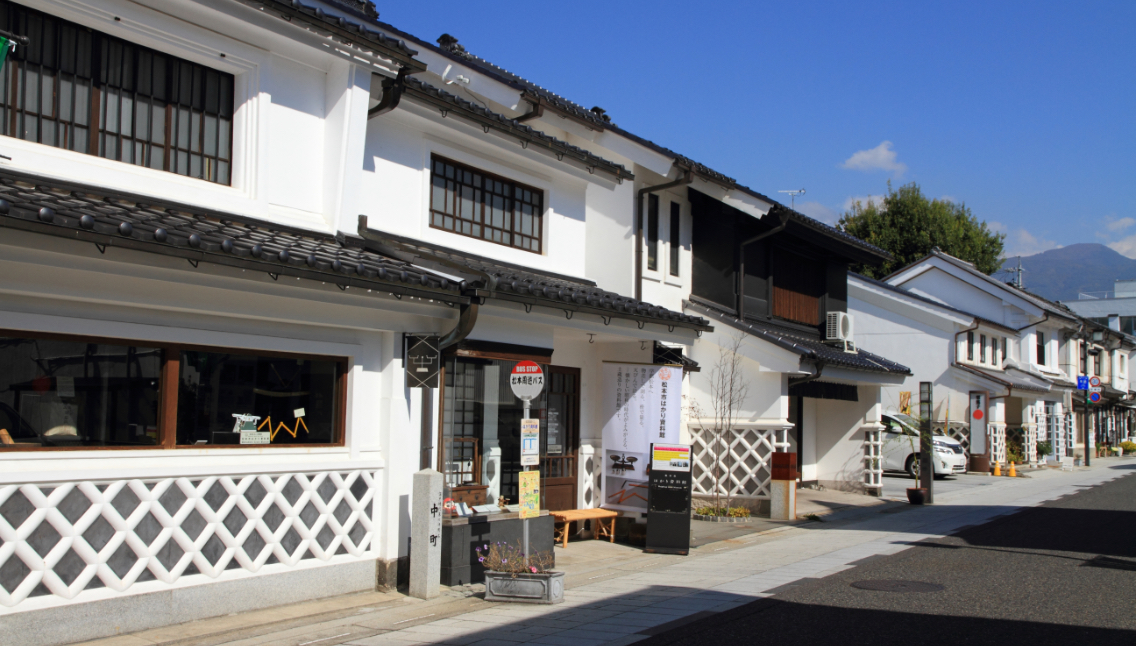
This town of kura buildings makes you feel like you've traveled back in time
Nakamachi-dori
Dozou-zukuri buildings (buildings with thick mud walls) line the street with their characteristic namako (lattice-patterned) walls of white and black. After the painful lessons of the large fires in the Meiji period, non-flammable dozou-zukuri were built one after another, creating the town seen today. Folk craft shops and shops selling dishware line the street, and the "Kurassic-kan", a renovated sake brewery, has become a meeting spot for the townsfolk.
- Address
- Chuo, Matsumoto
- Phone Number
- 0263-36-1421 (Nakamachi Shopping District Promotion Association)
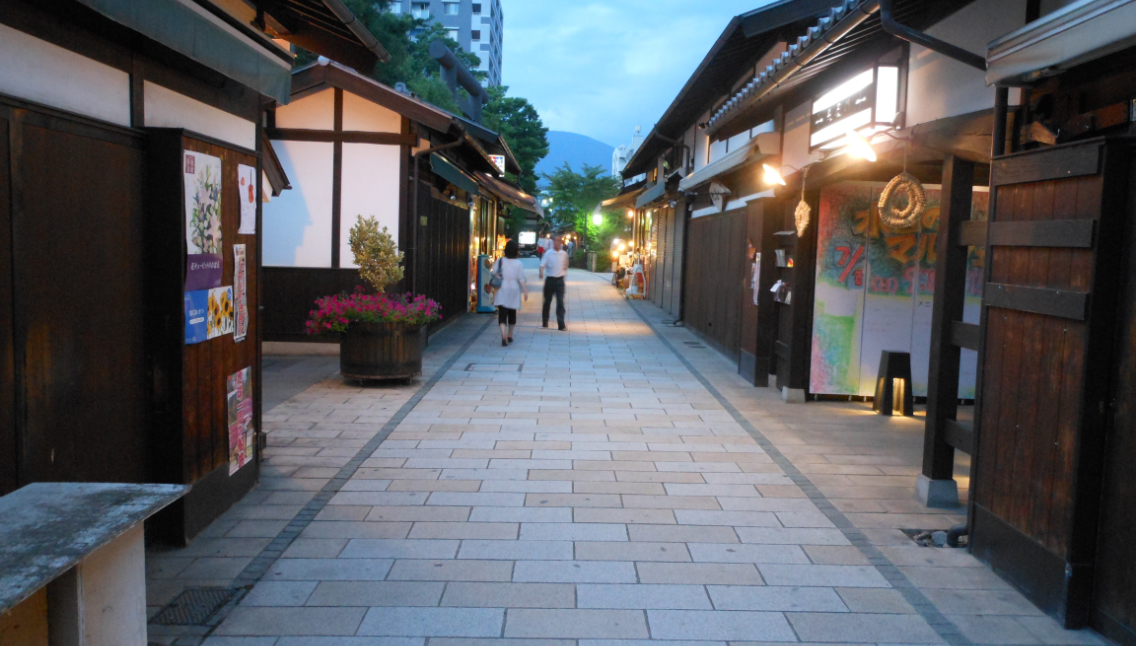
Even your first time to this atmospheric street feels nostalgic
Nawate-dori
Squeezed between Matsumoto Castle's southern outer moat and the Metoba River, this street was named for the fact that it is a long embankment (dote) like a rope (nawa). Buildings resembling samurai residences stand side by side along the street, recreating the Matsumoto castle town of the Edo period. Nearly 50 shops line the street selling nostalgic toys, old folk art, and antiques, giving the area a strong historic ambiance.
- Address
- Ote, Matsumoto
- Phone Number
- 0263-39-7176 (Matsumoto Tourism Information Center)
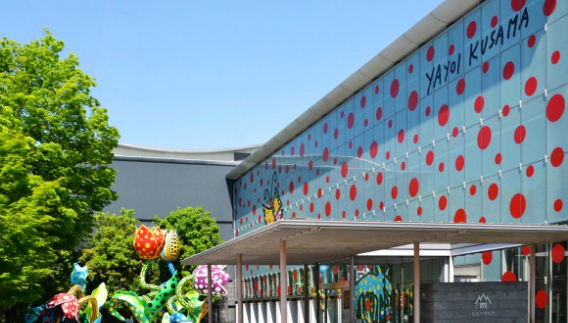
Full of art by Matsumoto native, Yayoi Kusama
Matsumoto Art Gallery
With four areas for appreciation, expression, learning, and exchange, this art gallery has become deeply rooted in the community since its opening. In addition to the art exhibition by Matsumoto-born artist, Yayoi Kusama, the gallery also has an exhibition room for Shinzan Kamijo, a native calligrapher of Matsumoto, and Kazuo Tamura, a painter who loved the mountains. Special exhibitions with various perspectives are also held here.
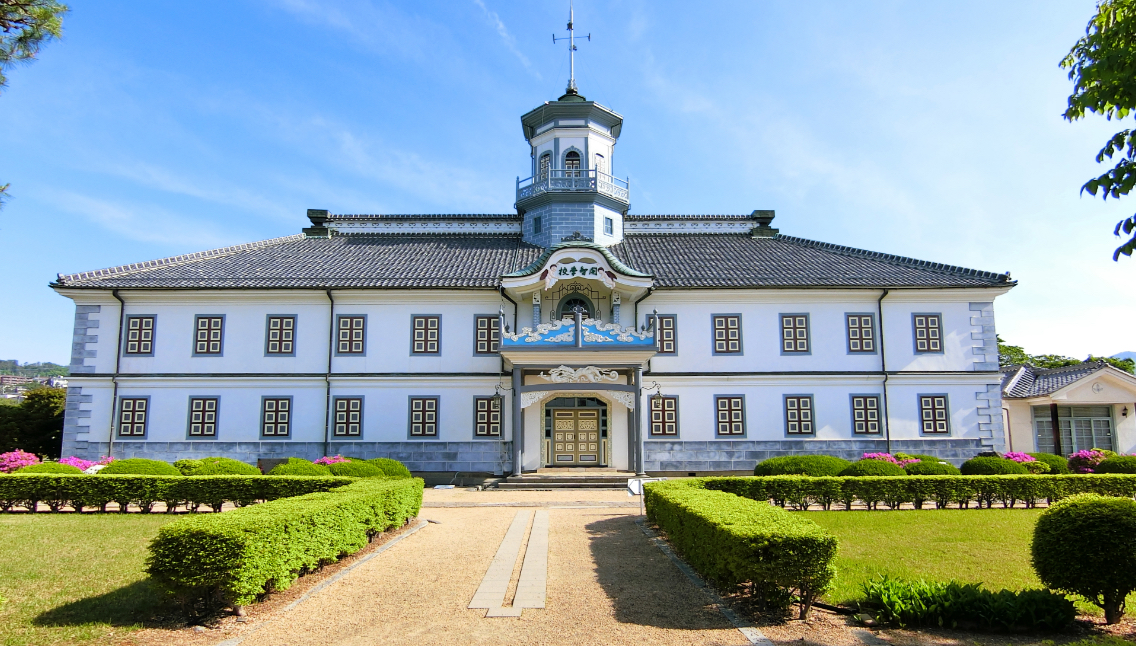
The octagonal tower stands tall above this pseudo-Western building
Important Cultural Property, Former Kaichi School
With the change to Chikuma Prefecture schools in Meiji 6 (1873), the elementary school titled "2nd University District, 1st Elementary, Kaichi Elementary School" was opened. The school building was built in Meiji 9 (1876) and, with its mixture of Western and Japanese styles, is said to be a leading example of pseudo-Western style. Currently, it is a Museum of Education with educational materials on display.
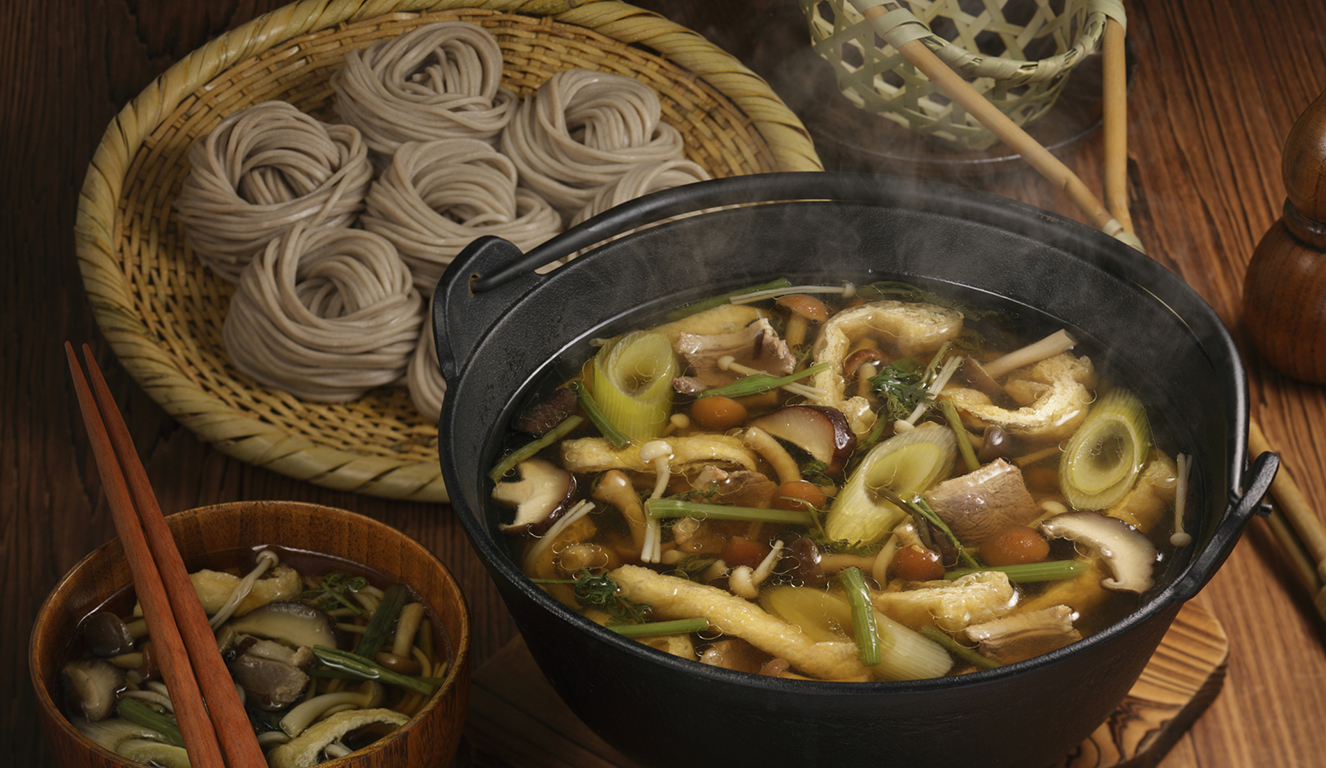
A warm soba served with hearty chunks of wild vegetables and chicken
Toji Soba
Known as an area which produces soba (buckwheat), Nagawa also offers a local cuisine called toji soba. Soba noodles which have been split into small bundles are placed in a woven bamboo handled-basket called a "toji" basket. The noodles are then dunked for a short time into a warm broth full of other ingredients in an iron pot, before being served in a bowl with the broth and other ingredients. Toji soba can be found at soba restaurants in the Nagawa area.
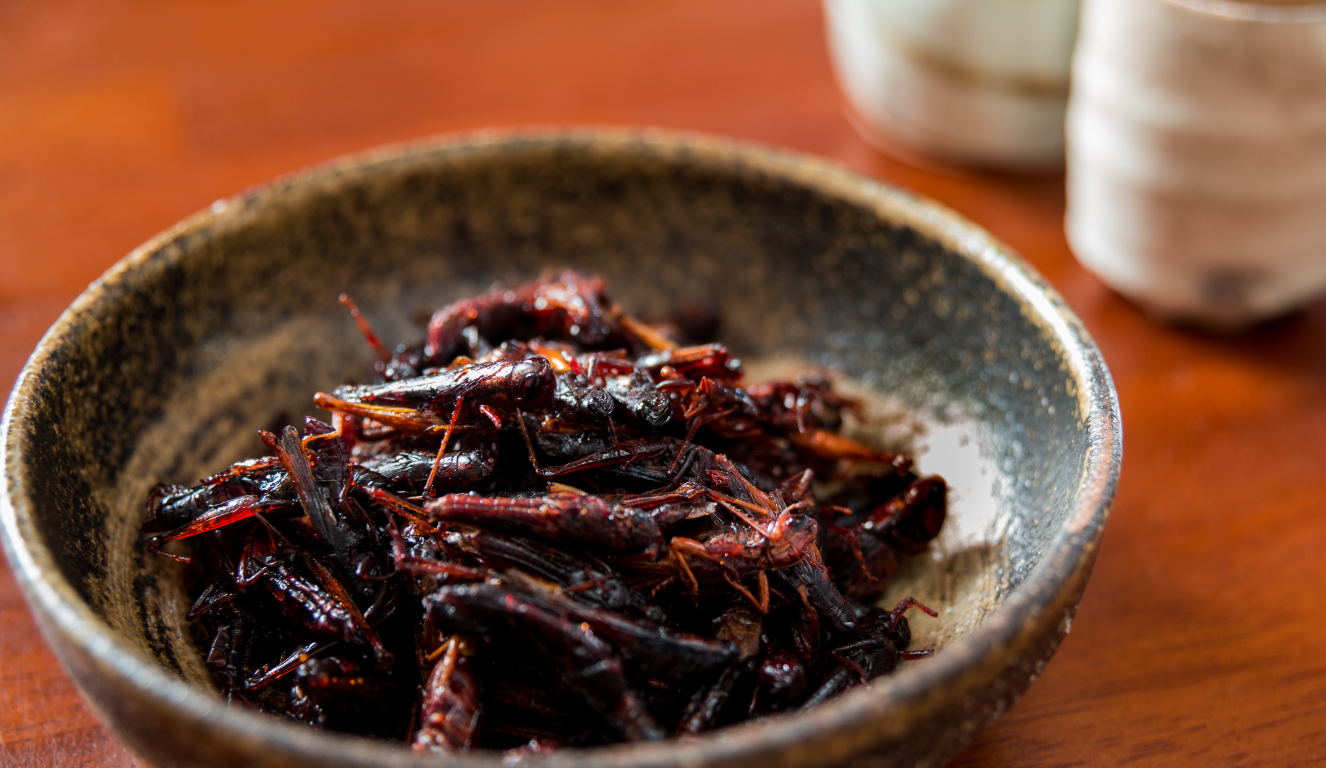
A drinking snack full of protein
Grasshoppers and Bee Larvae
Eating insects is a part of Nagano Prefecture's traditional diet. Salty-sweet-flavored grasshoppers boiled in soy sauce or bee larvae stir fried in oil or butter are eaten in Matsumoto, too, and are recommended drinking snacks. With high protein contents, they have plenty of nutritional value. Many izakayas in town serve them, so why not give them a try.
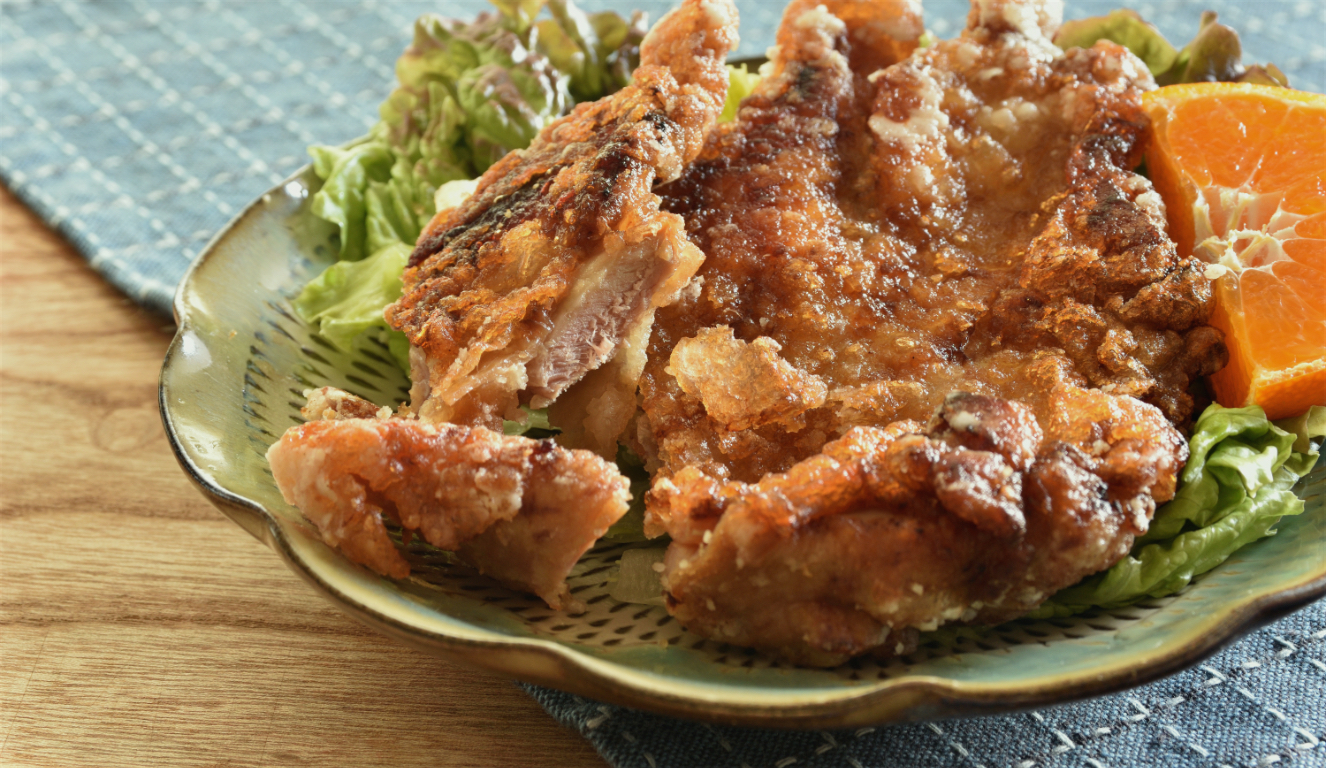
The crispy texture will arouse your appetite
Matsumoto Sanzoku-yaki
This local dish is made by marinating single cuts of chicken thigh or breast in soy sauce flavored with garlic and ginger, then coating them in potato starch and frying. There are many theories about where the name comes from, including one theory which is a play on words between "mountain bandits take away things" (take away = toriageru) and "fried chicken" (chicken + fry = tori + ageru). The dish is offered at izakayas and eateries around town.
